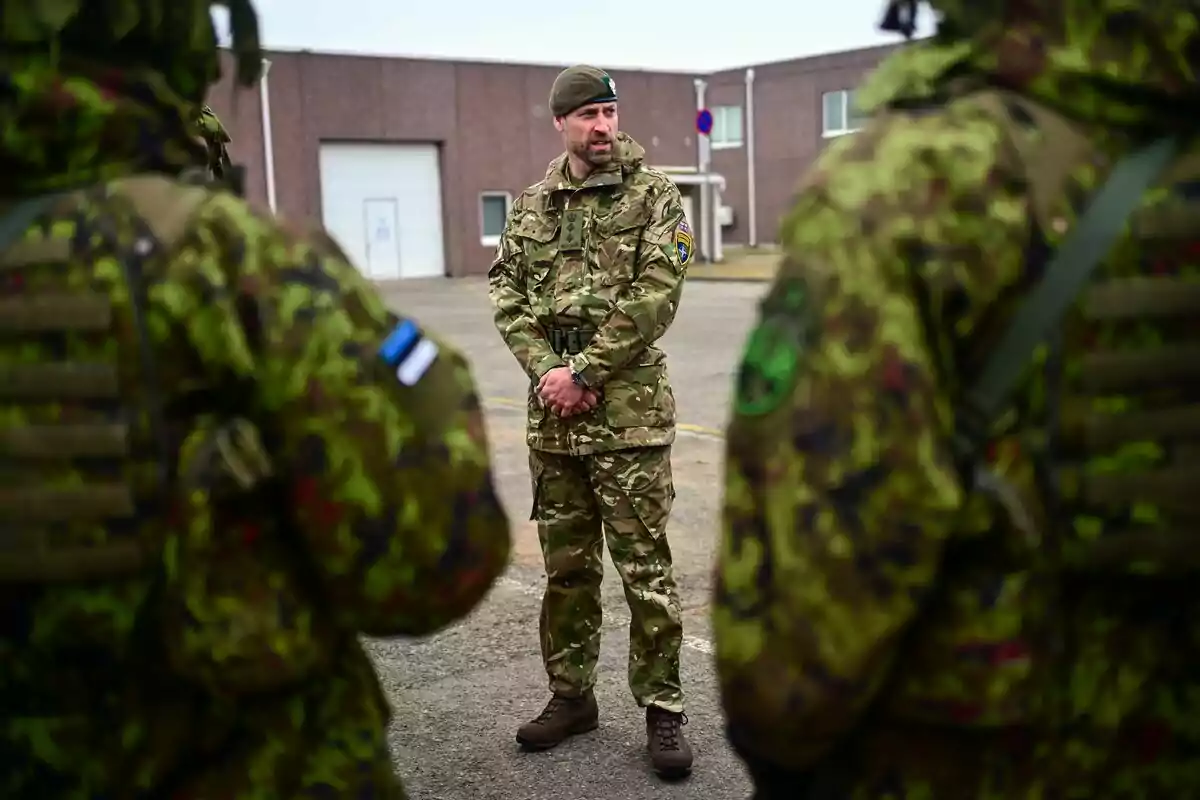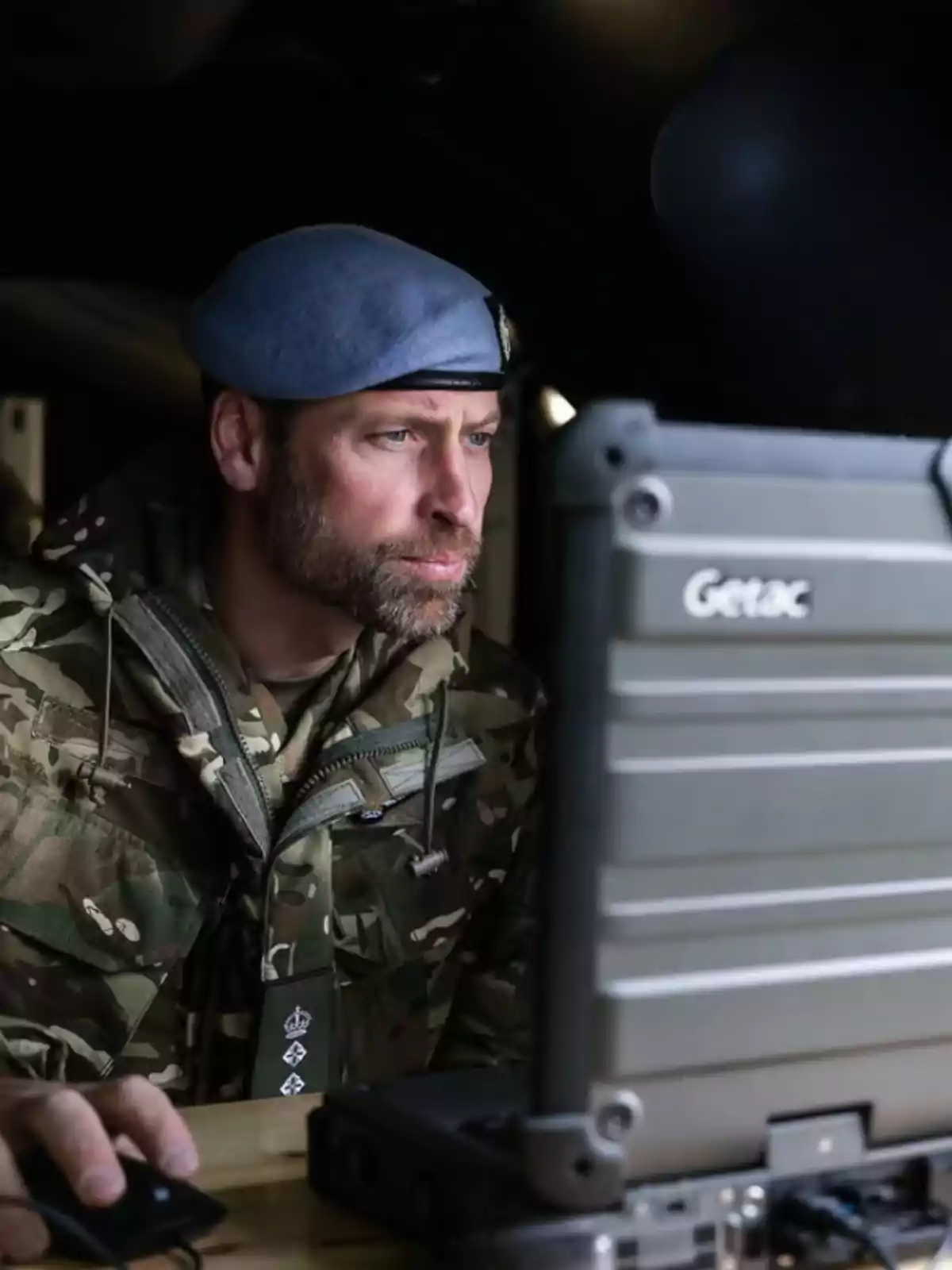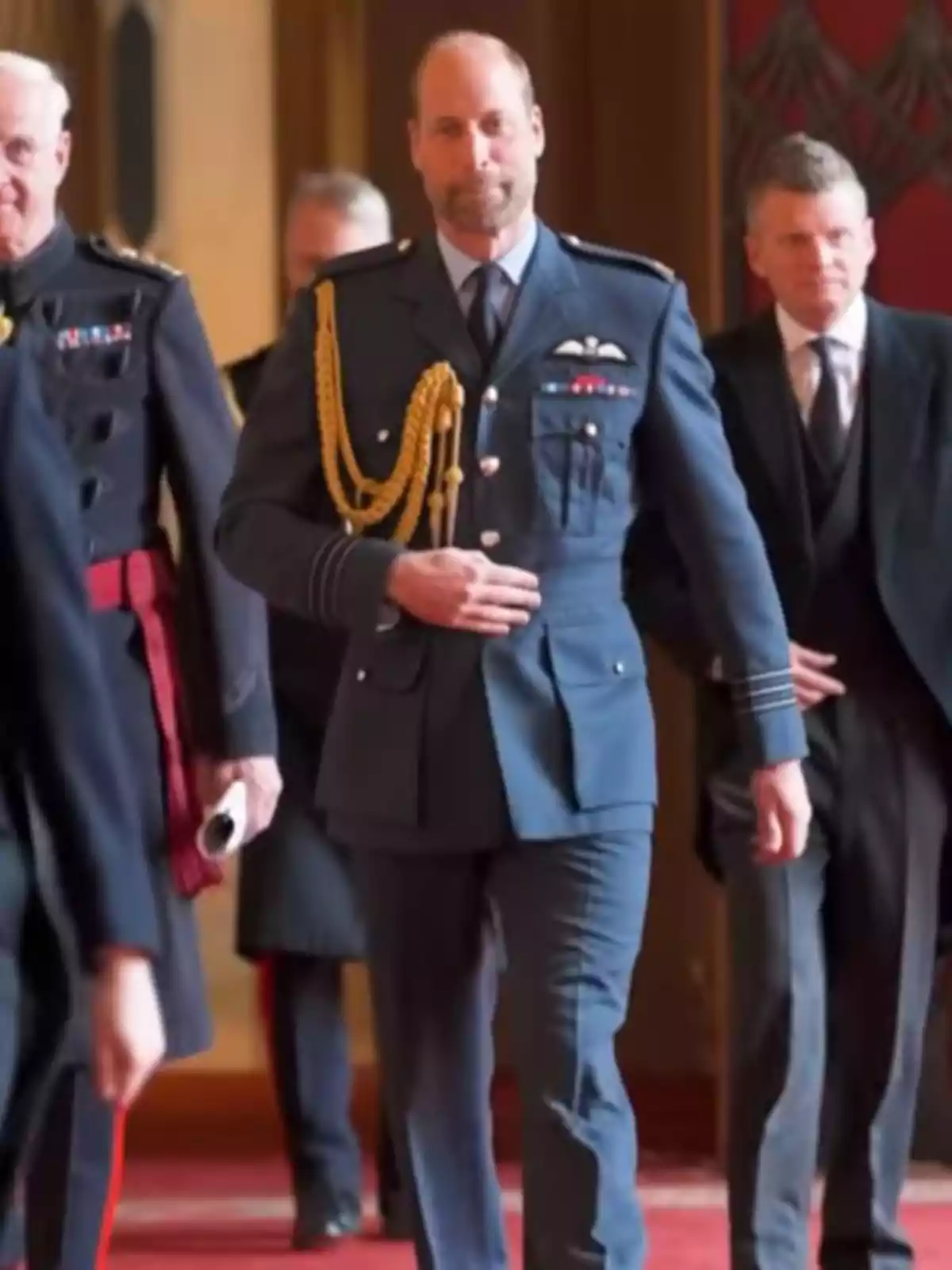
Kensington Palace surprises with Prince William: he's done it and there are photos
Kensington Palace surprises by revealing Prince William's action that is now immortalized in previously unseen photos
In an unexpected turn that has made headlines across Europe, a little-known story from Prince William's military days has resurfaced, casting him in a new light. The British heir to the throne took part in a counter-narcotics operation during his training with the Royal Navy, and previously unseen images have now been released. This revelation strengthens his profile as a future king and is part of a strategy designed to consolidate his public image.
In 2008, William was on assignment with the British Navy and was assigned to an anti-drug operation in the Atlantic. The prince participated aboard a Lynx helicopter, alongside another pilot and a sniper, monitoring the routes used by smugglers. The operation took place near Barbados and ended with the seizure of 1,984 lbs. (900 kg) of cocaine, a significant blow against drug trafficking.

The images leaked by the Daily Mail show William in military uniform, focused on his surveillance task from the air, which has caused considerable media impact. Although his participation was brief and controlled, the gesture has been interpreted as a symbol of commitment and bravery. It has been emphasized that the now Prince of Wales has been on the front line, albeit with the necessary precautions due to his position.
Kensington Palace and the Bet on Prince William's Military Profile
The Royal Household has traditionally kept this type of intervention low profile, but now seems to have changed its strategy. The dissemination of this episode aligns with a heroic narrative aimed at reinforcing the figure of the future monarch as a man of action and service. In this context, it is not just a military memory, but another piece in the puzzle of his institutional projection.
It should be noted that this operation took place when William had been on assignment from the RAF for just one week, where he completed much of his training. Even so, he was allowed to participate in this specific mission, partly due to his genuine interest in fieldwork. Although he was never in direct danger, his presence was symbolic and served as a valuable experience within his formative trajectory.

This revelation comes at a key moment for William, who has intensified his public duties since his wife, Kate Middleton, became ill. He has also increased his presence in global causes, especially environmental ones, as part of his institutional work. This is in addition to his recent inclusion in the list of the world's one hundred most influential people, published by TIME magazine.
With William at the Helm, Kensington Palace Updates Its Historical Narrative
This is not the first time that members of the British royal family have taken part in actions that combine duty and public narrative. The most notable example is Elizabeth II, who joined an auxiliary corps during World War II. That ability to create symbols from concrete acts remains alive.
Other members of the royal family, such as Prince Andrew in the Falklands or Prince Harry in Afghanistan, have also experienced moments that temporarily cemented their reputations. However, their military legacies have been eroded by subsequent scandals. In William's case, everything seems to indicate that the Palace has taken note and is handling timing with greater caution.

The 2008 anti-drug operation now serves as a strategic piece to project an image of modern yet firm leadership. It is no coincidence that the episode is being brought up now, as William consolidates his role as Charles III's successor in an unstable political context. William thus appears not only as an institutional manager, but as a man prepared for the challenges of the twenty-first century.
Ultimately, beyond the blow to drug trafficking, what is relevant about this story is its symbolic impact and communicative value. The British royal family shows, once again, that they know how to manage their narrative, recycling episodes from the past to give them new shine. In this strategy, Prince William emerges as the face of a monarchy that wants to remain relevant.
More posts: